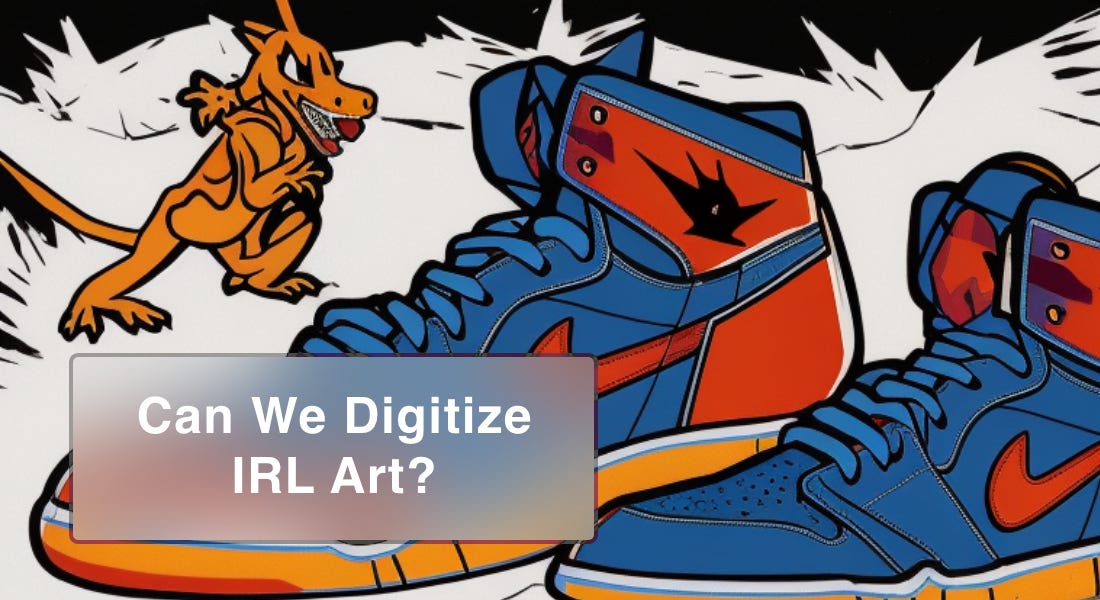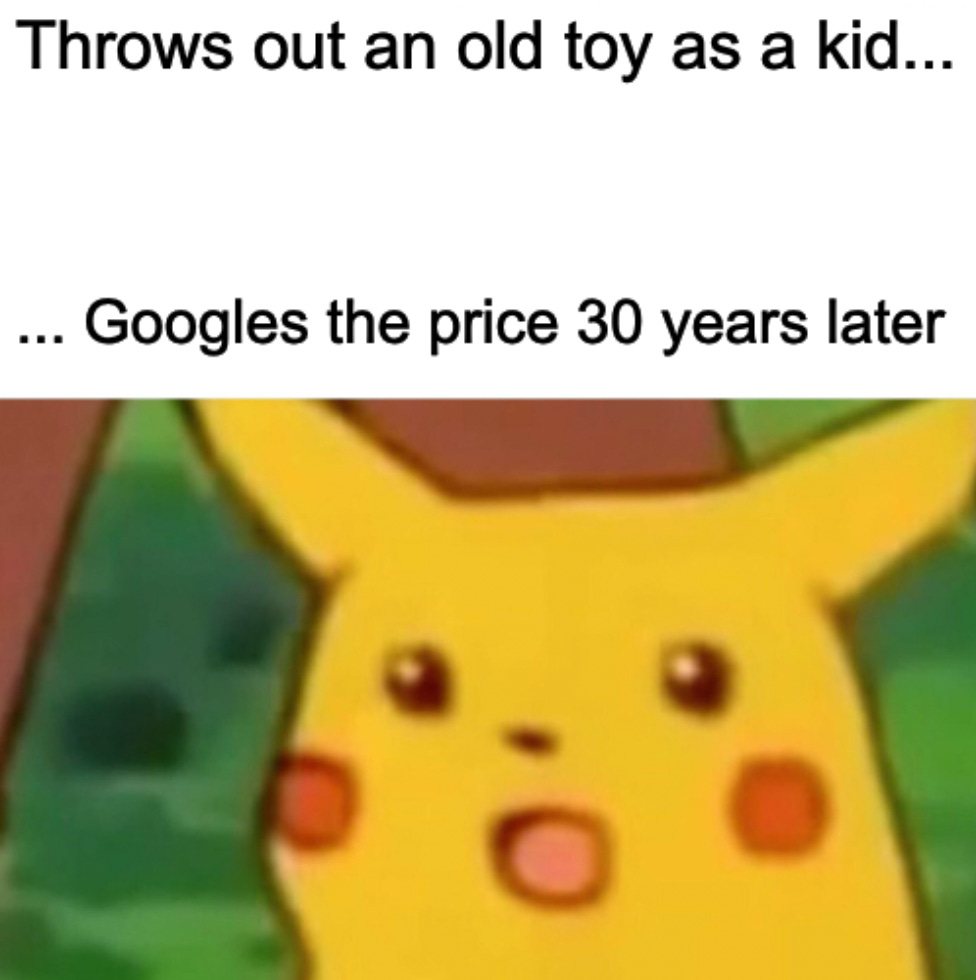Can We Digitize IRL Art?
Could Van Gogh's 'Sunflowers' enter the metaverse? There's an authentic chance once we can efficiently tokenize IRL art / collectibles.

As a space, and as an incubator, discussions around tokenization, ownership, and standardization always bubble away.
One thing that we don’t touch on enough is transferring unique IRL values into Web3.
Can something like Van Gogh’s Sunflowers or Picasso’s Guernica ever truly be tokenized?
Should they be?
The very nature of their value comes from their tangible qualities. That is to see, touch, and experience the layers of history first-hand.
While no one is expecting to see collectors trading billion-dollar NFT representations of Dali, Da Vinci, and Matisse any time soon, the wider collectibles market could offer a glimpse into the future, and presents a unique opportunity for DeFi to both increase efficiency of existing markets and also facilitate the growth of the entire sector.
Collectibles = No Child’s Play
If you were smart enough (or just lucky) to hold onto an OG pair of Air Jordans or a First Edition Holo Charizard then you’ll no doubt know the market value.
If you didn’t, then you should know some of the things we all played with as kids are now worth hefty sums.
It’s not surprising then that a market for collectibles has grown around this, and is set to keep growing. In fact, it's forecast to settle at ~$450b by 2028, driven in part by NFT development, and despite looming economic conditions.
Can Web3 Make the Grade?
The collectibles industry is a rabbithole of impassioned owners, collections, and trading – something that shares many parallels with the current NFT space.
Early Web3 projects developing around it, like Collector, illustrate that it is already largely primed for blockchain integration.

Credit: Collector [https://collectorcrypt.com/]
Owners send items to an established grading house to be securely stored, and an NFT is sent back to the owner that includes its unique information. They are then free to transfer, trade and lend it as they see fit.
The performance gains turn a process that typically plods - such as overseas sales settlements routed between banks, and physical items sent by courier - into something simpler, speedier, and safer.
Leveraging Value
The potential to extract value from collectibles grows considerably when we think about how NFTs are already integrated into DeFi protocols.
Projects like NFTfi already give NFTs additional utility by making them available as collateral for loans. Once Web3 collectibles trading interest grows, and reliable market prices can be consistently sourced, it’s game on.
The same goes for NFT derivatives markets, shared ownership models, and whatever future DeFi frameworks are developed.
Evolving Value
We know IRL collectibles’ values are pinned to their history. Tokenizing an IRL art piece or collectible could offer the opportunity to augment its value. This could set a shift in mindset where owners can look ahead at ways to strategically increase the value of their investment.
For illustrative purposes - tokenizing a rare baseball card for an equally rare ape in the BAYC metaverse, or having a famous musician buy those OG Jordans for their avatar, could expand the value of these items, both on and off chain, in ways that we can’t comprehend yet.
While culture is too frenetic to predict, the potential configurations in how on-chain experiences and off-chain value could align here are endless.
Where Web3 Doesn’t Cut It (Yet)
The muddled step in all of this, and perhaps the most crucial, is grading.
We’ve spoken before about enhancing UX in order to streamline user funnels to DeFi, but this critical assessment element for collectibles is cemented offline. There are a small number of industry-established grading houses, like CGA, and in most cases they can can only operate efficiently by inspecting items in minute detail.
It’s likely that the answer doesn’t lie in blockchain here, and the industry will have to lean into AI, or even VR. And, that reputable grading will likely always rely on centralized entities (or at least in the case of distributed grading, some type of underwriter).
Final Thoughts: Is This Ownership?
With the clear parallels between the trad collectibles market and the NFT market, the process of merging IRL art and Web3 has a clear path to success.
One thing that remains an open question is whether the off- and on-chain worlds can truly sync when it comes to tokenizing items with tangible and subjective values.

From an emotional perspective, we’ll see a unique experiment in whether sentimental value can translate into code. Will the stamp collector pour the same feelings and devotion into the NFT of his British Guiana 1 Cent Magenta (worth ~$11m, fyi)?
And, from a legal perspective, we'll discover how, and even if, dual IRL and cryptographic ownership can remain coordinated and democratic. By bringing a collectible on-chain, the IRL item and NFT representation will eventually end up with unique sets of values that are underpinned by a mutual relational value.
This clear clash in ownership ideologies, with Web3 native assets largely being exempt from legal frameworks, raises questions about the value of cryptography in any 'mainstream' legal system. Right now, with blockchain tech in its current state, it seems likely that any legal contest would see off-chain ownership override any cryptographic claim to an NFT representation, which is the antithesis of the code is law mantra it's built on.
